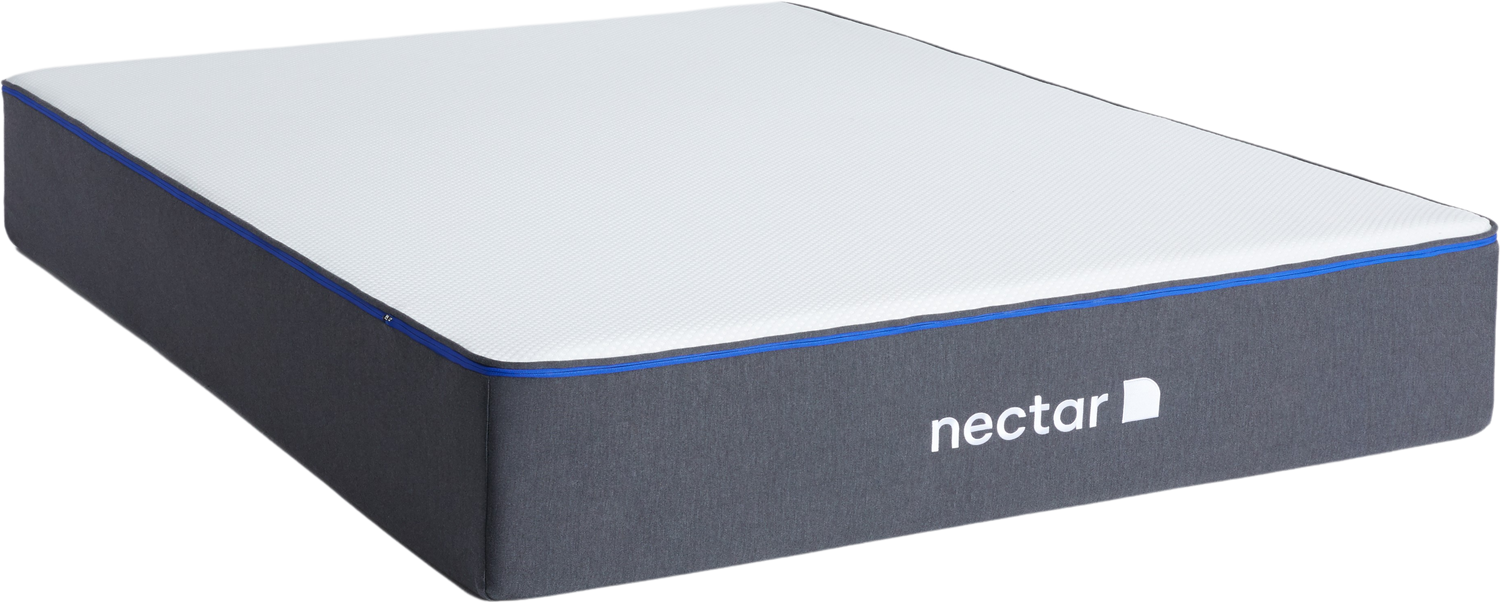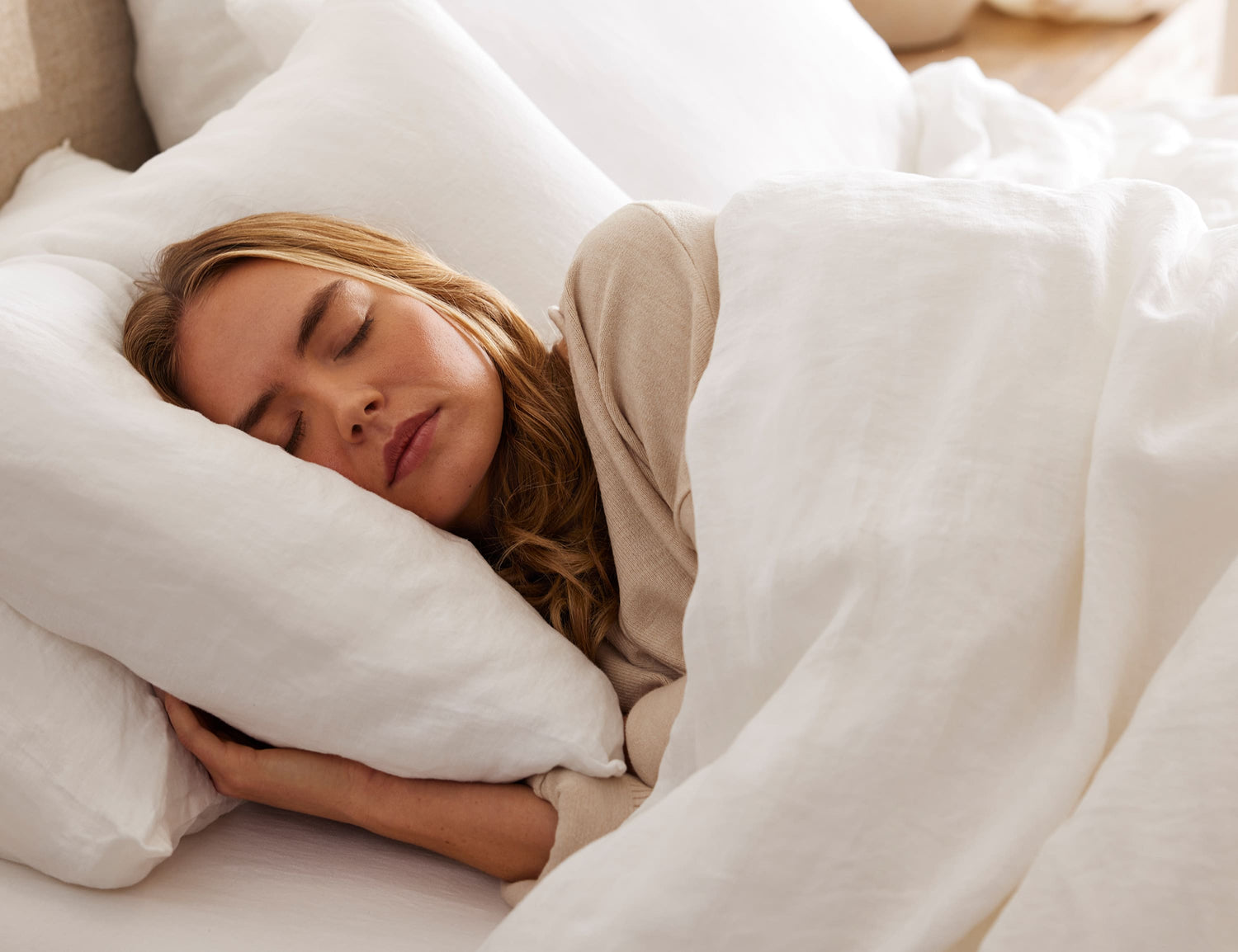Why Are Hot Flashes Worse at Night?
Hot flashes often feel more intense at night because your body’s natural cooling system is more sensitive while you sleep. Hormonal changes during menopause, particularly drops in estrogen, can disrupt the hypothalamus — the part of your brain that regulates temperature — making it overreact to minor temperature changes. At the same time, your core body temperature naturally dips in the evening, which can paradoxically trigger stronger heat surges. Add in heavy bedding or a mattress that traps heat, and what might be a mild flush during the day can turn into a full-blown night sweat, leaving you restless and uncomfortable.
Keep Your Cool with the Right Mattress
The surface you sleep on matters more than you might think. A mattress that promotes airflow, wicks away moisture, and supports your body can make a noticeable difference when hot flashes strike. Look for mattresses designed with ventilated foams, gel-infused comfort layers, or hybrid coils — these features help keep your temperature more stable through the night. And if a mattress carries MTick certification, you know it’s been independently assessed for menopause-relevant sleep challenges like night sweats and hot flashes. It’s a small detail that can make nights much more comfortable.
Lighten Up Your Bedding and Pajamas
Heavy duvets and synthetic sheets can trap heat, making hot flashes worse. Swap in lightweight, breathable bedding — think cotton, bamboo, or linen — and keep pyjamas loose and airy. Layering is your friend: you can shed or add a sheet as your body temperature changes during the night.
Manage Your Bedroom Environment
Sometimes it’s the room, not just your body, that’s to blame. A fan, an open window, or even a cooling pillow can help keep the temperature just right. Aim for a slightly cooler room overall — it’s easier to stay comfortable than to try to cool down once the heat hits.
Calm Your Body Before Bed
A calming bedtime routine can help signal your body that it’s time to wind down, which may reduce the intensity of hot flashes. Gentle stretching, meditation, or a warm (not hot) shower can help lower your core temperature before sleep. Avoid heavy meals or caffeine right before bed, as these can trigger overheating.
Find What Works for You
There’s no one-size-fits-all solution, but combining a menopause-friendly mattress, breathable bedding, and a cool, calm bedroom environment can make a big difference. The right setup won’t stop hot flashes completely, but it can help you manage them so you actually get the rest you need. Cooler nights, fewer wake-ups, and mornings that feel a little more… human — that’s what we’re aiming for.
This blog post is for informational purposes only and does not constitute medical advice. If you have concerns about your sleep, health, or wellbeing, please consult your GP or a qualified healthcare professional. The views expressed in this post are those of the author and are intended to share general insights, not to diagnose or treat any condition.




